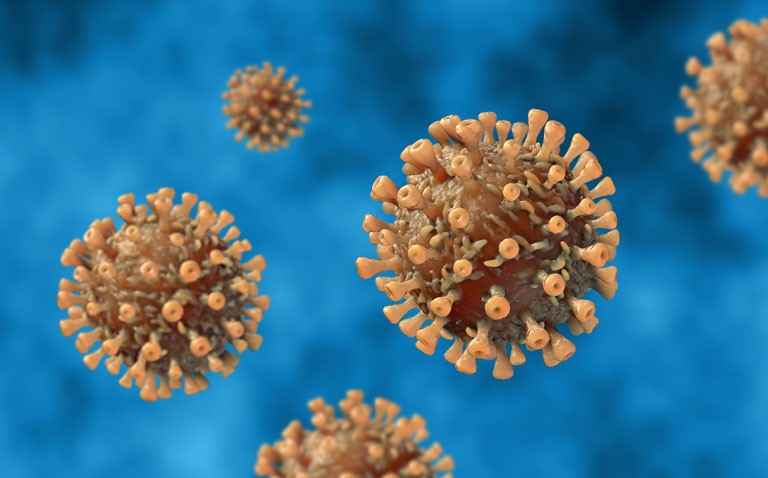Although evidence for a protective role of vitamin D in COVID-19 is controversial, supplementing hospitalised patients appears to halt disease progression and improve survival.
In an evidence review by NICE in December 2020, it was concluded that there was insufficient information to recommend vitamin D for either the prevention or treatment for COVID-19 and that further research is required to delineate the relationship between the vitamin and outcomes in COVID-19. In an effort to provide an answer to this important question, a team from Hospital del Mar, Barcelona, Spain, sought to evaluate the relationship between treatment with calcifediol, a vitamin D3 analogue and baseline serum levels of vitamin D, (25(OH)D serum levels on COVID-19-related outcomes in patients hospitalised with the disease, as part of Barna-COVIDIOL, a prospective, observational, non-selected clinical study. Eligible patients included those with PCR confirmed COVID-19 admitted to hospital during March to May 2020. All received standard treatment which included hydroxychloroquine, and azithromycin plus ceftriaxone if a bacterial superinfection was diagnosed. Dexamethasone was given to those with severe or critical pulmonary inflammation or clinical evidence of a cytokine storm. As part of the study, patients were given calcifediol at an initial dose of two 266 microgram capsules and then once daily for 30 days and outcomes compared to a control group without the supplement. The primary outcomes for the study were admission to an intensive care unit (ICU) and mortality (yes/no). Regression analysis was used to calculate the risk of ICU admission and mortality and risks adjusted for underlying demographics and co-morbidities.
Findings
A total of 930 participants were included of whom, 551 received calcifediol at admission. In addition, baseline 25(OH)D levels were recorded and the outcomes monitored for a subset of 752 patients. Both the calcifediol and control groups were well matched and the former group had a mean age of 64 years with 292 males (53%) and 84.9% were of White ethnicity. The most common co-morbidity was type 2 diabetes (21.4%). Furthermore, the mean 25(OH)D level was significantly higher in the calcifediol group (15 ng/ml vs 12 ng/ml, p < 0.001) but both were below the normal level of 20ng/ml. Overall, 110 participants (11.8%) were admitted to ICU with a lower proportion among those taking calcifediol (5.4% vs 21.1%, p < 0.0001). The risk of ICU admission was reduced by 82% among those treated with calcifediol (relative risk, RR = 0.18, 95% CI 0.11 – 0.29). Furthermore, admission to ICU was inversely related to baseline 25(OH)D levels (RR = 0.53, 95% CI 0.35 – 0.80). Mortality was lower among those given calcifediol compared to controls (6.5% vs 13.4%, p =0.001) with the calculated mortality risk being 64 % lower (RR = 0.36, 95% CI 0.19 – 0.67). The authors concluded that vitamin D status affect outcomes in COVID-19 and that supplementation appears to improve both disease progression and survival.
Citation
Nogues X et al. Calcifediol treatment and COVID-19-related outcomes. https://ssrn.com/abstract=3771318










